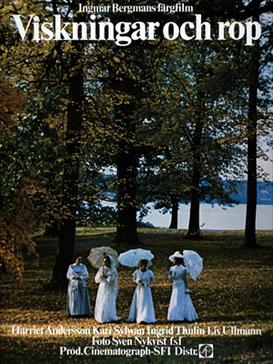A blog formerly known as Bookishness / By Charles Matthews
"Dazzled by so many and such marvelous inventions, the people of Macondo ... became indignant over the living images that the prosperous merchant Bruno Crespi projected in the theater with the lion-head ticket windows, for a character who had died and was buried in one film and for whose misfortune tears had been shed would reappear alive and transformed into an Arab in the next one. The audience, who had paid two cents apiece to share the difficulties of the actors, would not tolerate that outlandish fraud and they broke up the seats. The mayor, at the urging of Bruno Crespi, explained in a proclamation that the cinema was a machine of illusions that did not merit the emotional outbursts of the audience. With that discouraging explanation many ... decided not to return to the movies, considering that they already had too many troubles of their own to weep over the acted-out misfortunes of imaginary beings."--Gabriel García Márquez, One Hundred Years of Solitude
Thursday, March 17, 2016
Cries and Whispers (Ingmar Bergman, 1972)
Cries and Whispers is both of a time and timeless. It is very much a product of the last great moviegoing age, when people would see a challenging film and go back to their homes or coffee shops or dorm rooms and debate what it meant. Today, if a movie provokes discussion it's usually on social media, where seriousness gets short shrift. Moreover, the discussion is likely to get interrupted by someone who has just seen the latest installment of some hot TV series and wants to try out their theories. Moreover, the combination of visual beauty and emotional rawness in Bergman's film is something rarely encountered today. We are, I think, wary of emotion, too eager to lapse into ironic distancing from the depiction of disease, suffering, death, cruelty, passion, spite, and grief that permeates Cries and Whispers. No director I know of is trying to do what Bergman does in so unembarrassed a fashion in this movie. And that, in turn, is what makes it timeless: The emotions on view in the film are universal, and Bergman's treatment of them without melodrama or sentiment is unequaled. Personal filmmaking is becoming a lost art: There are a few prominent adherents to it today, such as Paul Thomas Anderson or Terrence Malick, and their films are usually greeted with a sharp division of opinion between critics who find them pretentiously self-indulgent and those who find them audaciously original. But we seldom see performances as daring as Harriet Andersson's death scene, Kari Sylwan's attempts to comfort her, Ingrid Thulin's self-mutilation, and Liv Ullmann's confrontations with the others. And we seldom see them in a narrative that teeters between realism and nightmare as effectively as Bergman's screenplay, in a setting so evocative as production designer Marik Vos-Lundh's, or via such sensitive camerawork as Sven Nykvist's. The film has often been compared to Chekhov, and for once it's a film that merits the comparison.
Links:
Cries and Whispers,
Harriet Andersson,
Ingmar Bergman,
Ingrid Thulin,
Kari Sylwan,
Liv Ullmann,
Marik Vos-Lundh,
Sven Nykvist
Subscribe to:
Posts (Atom)
